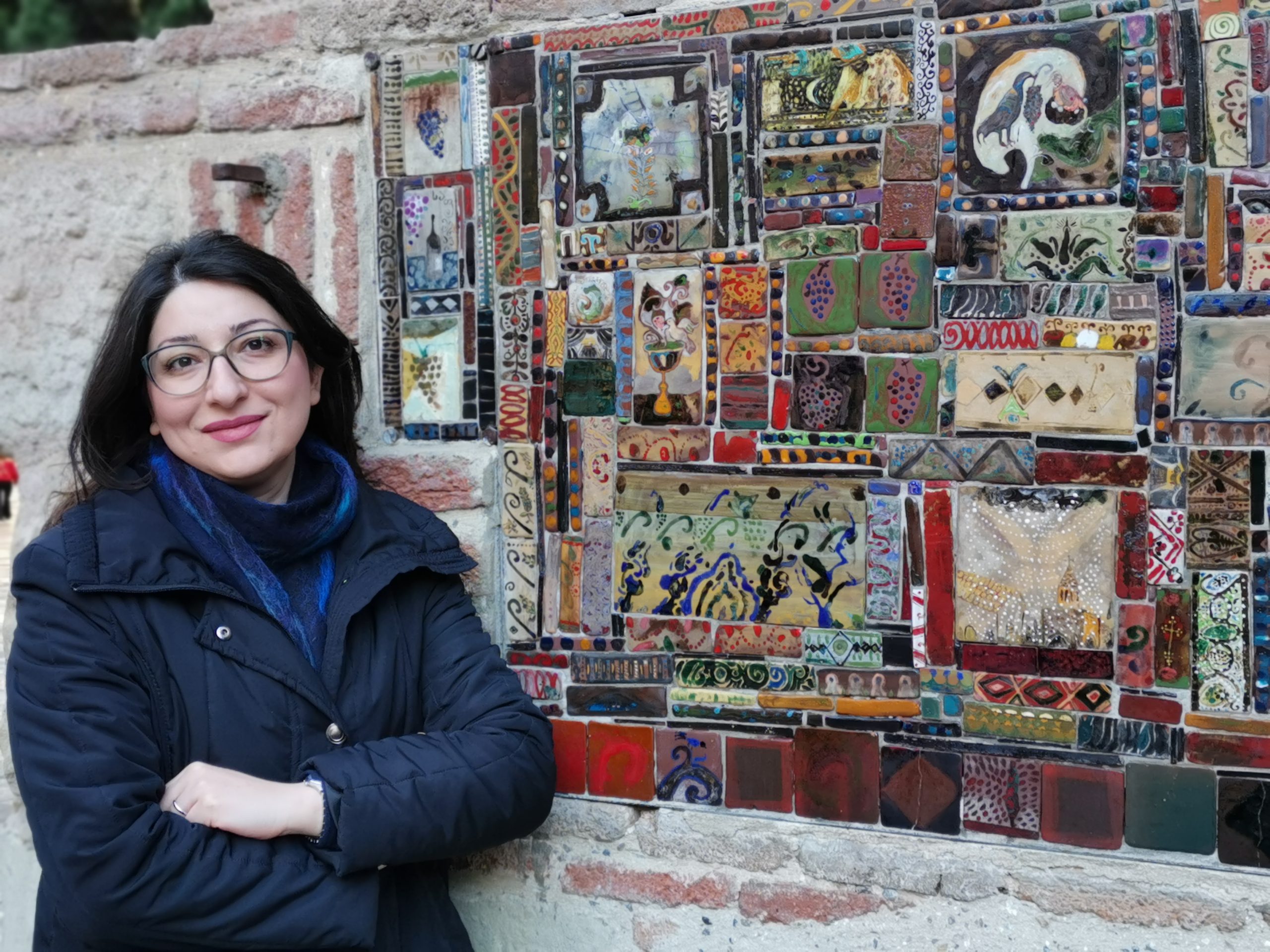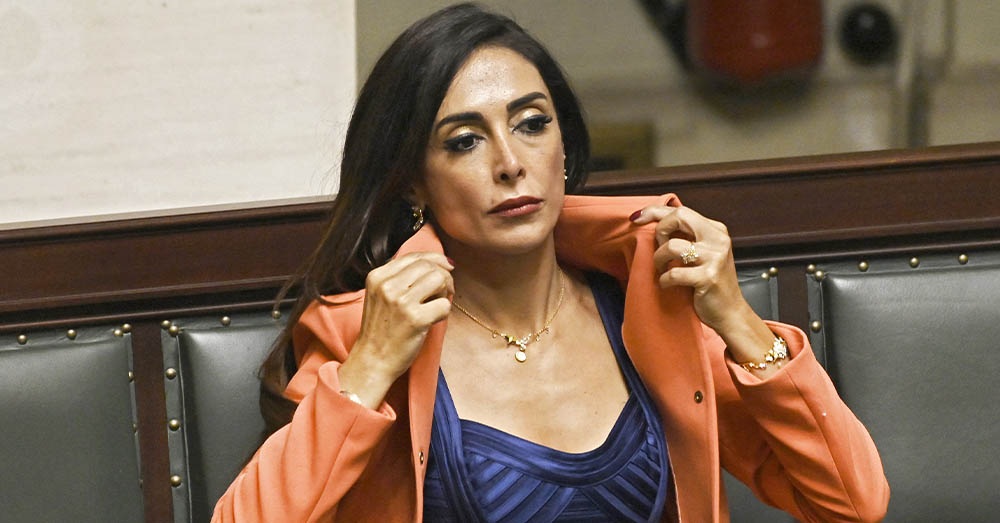
Every work of art, to one extent or another, reflects the artist and where the artist comes from. Hence Iranian author Zoha Kazemi’s post-apocalyptic sci-fi novel Rain Born (2020), which I have recently finished reading.
By Emad Aysha
What can I say? First off, it’s a compulsive read. I’ve always suspected Iranians are exceptional storytellers, and I’ve finally confirmed this upon reading this 180-page novel – it only took me about two days (on my smartphone), after all. It grabs you from the word go, with a picturesque but intriguing opening as an unsuspecting boatman goes by his usual daily chores in a world turned upside down, only to find the body of a drowned woman in the water. It automatically has the air of a detective novel, focusing your intellect not so much on this future world of melted icecaps and people adapting to life at sea but on how someone in such a world could make the mistake of getting themselves killed that way in the never-ending ocean. The woman is face down, half naked and seems to have been disembowelled, even though you suspect she’d just given birth. (There’s an umbilical cord). Why on earth would a woman do such a daft thing?
The next chapter, however, diverts your attention elsewhere. It still doesn’t give you the details of how this world was created, but it does introduce you to the central protagonist, a rather inept character named Tirad and his misplaced sense of commitment. He’s onboard a ship, typically teaching a class, and one of the naughty children sneaks in a sea snake. He freaks out, kills the poor thing, and feels terribly guilty afterwards, having broken the faith of his fathers, the so-called Saviour rules. This is our indirect introduction to such a vital component of the world-building, the religious cult that developed after the apocalypse and how it controls its adherents through commandments, punishments, rituals, education, made-up scriptures and a priestly hierarchy – he’s a third-tier disciple. He can’t marry, hence his (overly cooperative) teaching assistant Lealy. There are some other characters in this second chapter who are instrumental later on, and it’s also here that Tirad is given his central mission for most of the novel, which is to figure out what the hell happened to that drowned woman.
It seems quite a few pregnant gals have been getting themselves drowned lately, and there have also been peculiar fish incidents, with large fish attacking ships and divers for no apparent reason. Alas, the Saviour’s rules forbid people to fight back. It’s an insult to the sea, their new mother. Again, everything is told indirectly or hinted at or done through some internal monologue. And even then, it takes time. This is all the more amazing in a genre like SF that is so exposition heavy.
Hence the second unique characteristic of this novel is ambiguity. You get used to living on the seas before you find out why everybody has been forced to live this way. That has another advantage too. Piecing together a narrative bit by bit teaches you to be sceptical about what you’re being told, and that’s what you need to be able to do to appreciate the character dilemmas the two main characters go through. The first is Tirad, of course, and the second is a girl named Dalia whom he saves (along with her mother) from an angry mob of women from the Saviour ship. Dalia and her mom aren’t from their cult, but there’s more to it than that. Dalia doesn’t have any hair or nails. She’s some mutant adaptation to the sea; even her mother had mutations of her own when she was born.
Tired is someone who positively loves the quiet life, has no doubt about his superiors or faith and is gradually catapulted into a whole series of situations where he has to challenge everything he’s been taught and told, not to mention question himself to be courageous and independent. The guy is so fragile physically that he can’t swim. (He can’t even eat chicken kebabs. His stomach is that delicate). Dalia also has to mature, chart her path in life, leave the comfort and certainty of home, and find her true love.
Tirad’s moral evolution also means appreciating the shades of grey that make up people. There are some horrendously evil people in this novel, but even they weren’t born wicked but grew up in dire circumstances. Despite its historical phoniness, the Saviour Cult does have good people and some right ideas – even prophecies – in it. Tirad has to become a reformer by the end, even after leaving the cult. (He has to burn off his identifying tattoo). One of the reasons Tirad stays an adherent of the cult for so long, despite his sweet lusts for Lealy, is the example of Hurmaz, a great leader among their people who left the cult to marry and have children but returned to defend the innocent against enemies of the cult who were butchering people willy-nilly, only for him to fall victim to a hypocrite in the cult who launches a similarly bloodthirsty war.
So, the third and final lesson here is what the novel tells you about Iranian SF. Hence the contrast with Kevin Costner’s example. The opening sequence of his bloated movie Waterworld (1995) is about America and how everybody has become an island, a world of distrust. And wouldn’t you know it, even after finding ‘dry land’ the frontiersman hero, played by Costner, goes back to the waves after defeating all the cardboard cutout bad guys. This novel is the antidote to that. Tirad, in the end, is living in Paradise Island, where Dalia’s mother comes from and learning to play the oud, naming his son after a character Dalia’s mother loved, an oud player himself.
Iranian likes to live with each other and all their shades of grey. Note the secret to the phony holy scriptures: the real Saviour fell in love with a woman sent into exile by the cultists. So much for the lonely life of celibacy. Real happiness and the rebuilding of civilisation demand reconciling the two halves, male and female. Only then can you make beautiful tunes to heal the world of its obsession with undrinkable water!!






